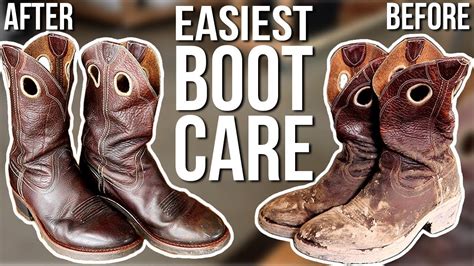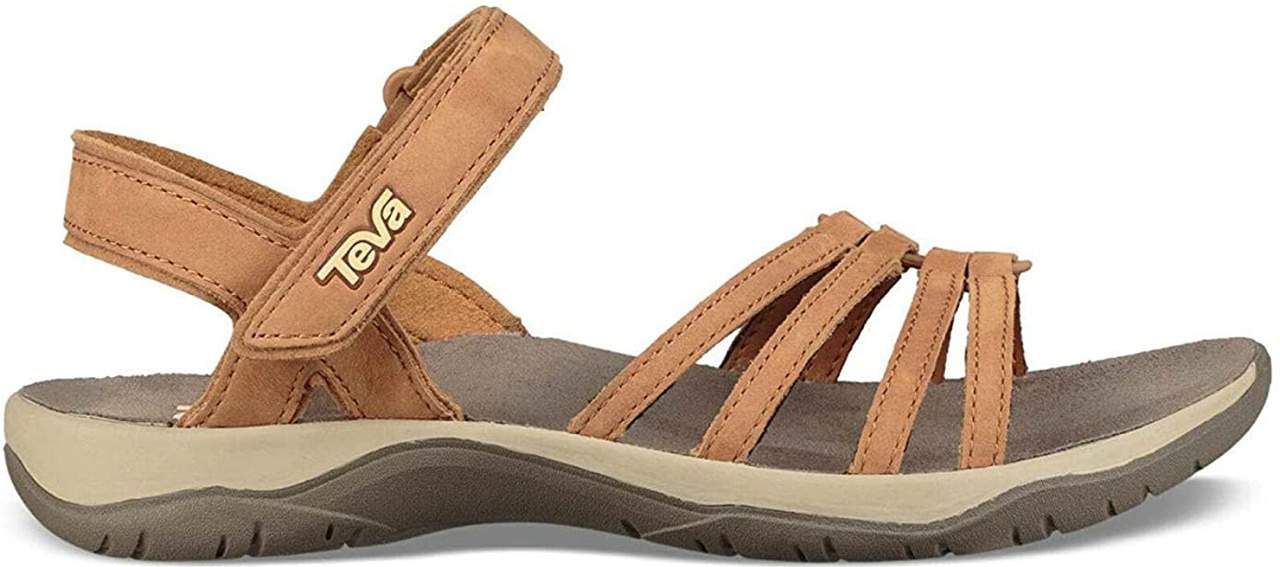5 Tips Leather Boot Care

Leather boots are a timeless and versatile footwear option that can elevate any outfit, from casual to formal. However, to keep them looking their best and ensure they last for years to come, proper care is essential. The process of maintaining leather boots involves understanding the type of leather, the environment in which they are worn, and the products used for their care. Here are five expert tips on how to care for your leather boots, ensuring they remain in excellent condition and continue to serve you well.
1. Cleanliness is Key
Before applying any care products, it’s crucial to clean your leather boots. Start by removing any dirt or debris from the surface using a soft-bristled brush. For more stubborn dirt, dampen a clean cloth with water, but be cautious not to soak the leather. Gently wipe down the boots, avoiding any harsh rubbing that could damage the material. For boots with a waterproof coating, follow the manufacturer’s instructions for cleaning to avoid compromising the waterproofing.
2. Conditioning for Softness and Protection
After cleaning and allowing your boots to dry naturally, the next step is conditioning. Leather conditioning helps maintain the leather’s natural moisture barrier, preventing it from drying out and cracking. There are various types of conditioners available, including creams, oils, and waxes, each suited to different types of leather. For example, oil-based conditioners are great for nourishing the leather, while wax-based conditioners offer additional protection against water. Apply a small amount of conditioner to a hidden area first to ensure it doesn’t cause discoloration. Then, using a clean cloth, gently rub the conditioner into the leather in circular motions, making sure to cover all areas evenly.
3. Protection Against the Elements
For boots that will be exposed to rain or snow, applying a waterproofing treatment is a wise step. These treatments can be applied after conditioning and help repel water, preventing it from penetrating the leather. There are spray-on and cream-on waterproofing products available; sprays are easier to apply but may not offer as deep protection as cream products. Always test a small area first to ensure the product doesn’t affect the color or texture of the leather.
4. Storage and Maintenance
How you store your leather boots when not in use is just as important as how you clean and condition them. Boots should be stored in a cool, dry place away from direct sunlight, which can cause fading and drying out of the leather. If possible, stuff the boots with paper to maintain their shape and prevent creasing. For long-term storage, consider using a shoe tree or a cedar shoe holder, which can help maintain the boot’s shape and absorb moisture. Regularly inspecting your boots for signs of wear and addressing any issues promptly can help prevent more significant problems from developing.
5. Professional Care When Needed
While many aspects of leather boot care can be managed at home, there are times when professional intervention is necessary. Deep scratches, significant water damage, or deteriorated soles may require the expertise of a cobbler or a professional leather restorer. These professionals have the tools and knowledge to repair or restore your boots to their original condition, extending their lifespan and ensuring they continue to look their best.
Conclusion
Caring for leather boots is an ongoing process that requires attention to detail, patience, and the right techniques. By following these tips and adapting your care routine based on the specific needs of your boots, you can ensure they remain a comfortable and stylish part of your wardrobe for years to come. Remember, the key to maintaining high-quality leather boots is consistency in their care, coupled with an understanding of the materials and the environment in which they are worn.
How often should I condition my leather boots?
+The frequency of conditioning your leather boots depends on how often you wear them and the environment they are exposed to. As a general rule, conditioning every 2-3 months for heavily used boots and every 6 months for less used ones is a good practice. However, if you live in a very dry climate or your boots are exposed to harsh conditions, you may need to condition them more frequently.
Can I use household items to clean and condition my leather boots?
+While it might be tempting to use household items like olive oil or vinegar to clean and condition your leather boots, it's generally not recommended. These items can leave residues, affect the leather's pH balance, oreven damage the finish. It's best to use products specifically designed for leather care to ensure you're not causing unintended harm.
How do I prevent my leather boots from cracking?
+Preventing cracking in leather boots involves maintaining the leather's moisture level and protecting it from extreme temperatures and dryness. Regular conditioning, avoiding exposure to direct sunlight for extended periods, and not wearing your boots in extremely cold or hot conditions can help. Additionally, ensuring your boots fit properly and aren't too tight, which can cause stretching and cracking, is crucial.
By embracing these care practices and understanding the specific needs of your leather boots, you can enjoy your investment for a long time, ensuring they remain comfortable, look fantastic, and serve as a testament to your personal style. Whether you’re navigating city streets, hiking through wilderness trails, or simply running errands, well-cared-for leather boots will be your reliable companions, providing both functionality and a touch of elegance to any occasion.


